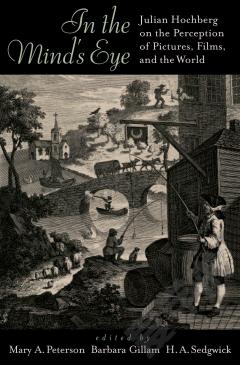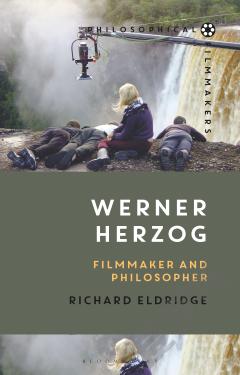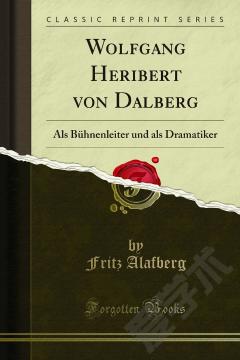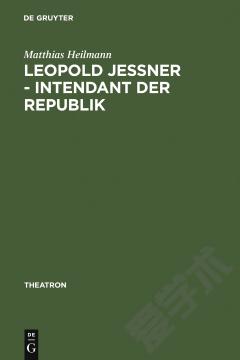Hans-Jürgen Syberberg, the Film Director as Critical Thinker
Cinema is continuation of life by other means -Syberberg German director Hans-Jurgen Syberberg does not intend his seven-hour film cycle, Hitler-A Film From Germany (1977), to be shown in what he calls the "cinema around the corner." Rather, he chooses to travel personally with his film to cultural houses around the world, where the film, which was voted the Best Film of 1977 by the British Film Institute, has amassed a small, elite, but decidedly dedicated following. Regarded by some as the best director to come out of Germany in recent years, Syberberg views himself as a latter day Erich Von Stroheim, who will not be forced by financial considerations to edit his seven-hour film down to more marketable size. By doing his own distribution, Syberberg hopes that his film, as well as his integrity as a filmmaker, will remain intact. In 1979 he travelled to the United States, where his Hitler film was presented in New York and San Francisco under the aegis of Francis Ford Coppola, who recently acquired the film's U.S. distribution rights. Syberberg resides in Munich, where he, like the late Rainer Werner Fassbinder and Wim Wenders, has become associated with the movement known as the New German Cinema. Like Fassbinder and Wenders, Syberberg has strong ties not only with cinema, but with television and theatre. In fact, his real roots are in television, where he learned film technology, and in the theatre, particularly the theatre of Bertolt Brecht. One of his earliest cinematic projects was a film of Brecht's Berliner Ensemble in performance in 1952. After completing college in 1963, Syberberg worked in television production for several years before he began making feature-length films. His most recent film, Hitler- A Film From Germany, is part of a trilogy which includes Ludwig- Requiem for a Virgin King (1972), a film about Bavaria's mad, castle-building, homosexual king; and Karl May (1974), a film biography about the adventure-story writer who was adored by Hitler. The Hitler film is divided into four parts: "The Grail," "A German Dream," "End of a Winter's Tale," and "We Children of Hell." The first two parts explore the roots of Hitlerism in the European past; parts three and four focus on Hitlerism in the modern world. But the film has no narrative in the traditional sense. It is, rather, a complex collage of multifarious visual and aural elements: spare tableau and luxuriant image, extended monologue and musical quotation, puppet show and documentary footage, popular culture and historical fact. Syberberg plays with the title of the film. The official title of the film when it is shown in Germany is Hitler-A Film From Germany, but when the film was shown in San Francisco, Syberberg (at Coppola's suggestion) changed the title to Our Hitler-A Film From Germany. Syberberg is pleased with the change; he believes the title Our Hitler reflects a willingness on the part of viewers outside of Germany to see Hitler as part of themselves and not merely as a German phenomemon. "It's not a film about Hitler as an historical phenomenon," insists Syberberg. "It's a film about Hitler in all of us." The theme of our Hitler-or "Hitler in all of us"-is central to the film's technique and theme. Beginning with the premise that Hitler was elected democratically by the masses and that he fell from power not because the German people repudiated him, but because they had been defeated in war, Syberberg presents Hitler not as a single man, but as a projection of the private dreams and needs of mankind through the ages. Through the use of a complex allusive structure that encompasses art and music, literature and film, history and politics, psychology and cosmology, Syberberg forces the viewer to see Hitler simultaneously from a number of different, and sometimes contradictory, points of view. To emphasize the multi-faceted nature of Hitler, all of the major actors play Hitler at some point in the film; in addition, Hitler is represented by a dog, a puppet, and documentary footage. â¦
{{comment.content}}








 京公网安备 11010802027623号
京公网安备 11010802027623号